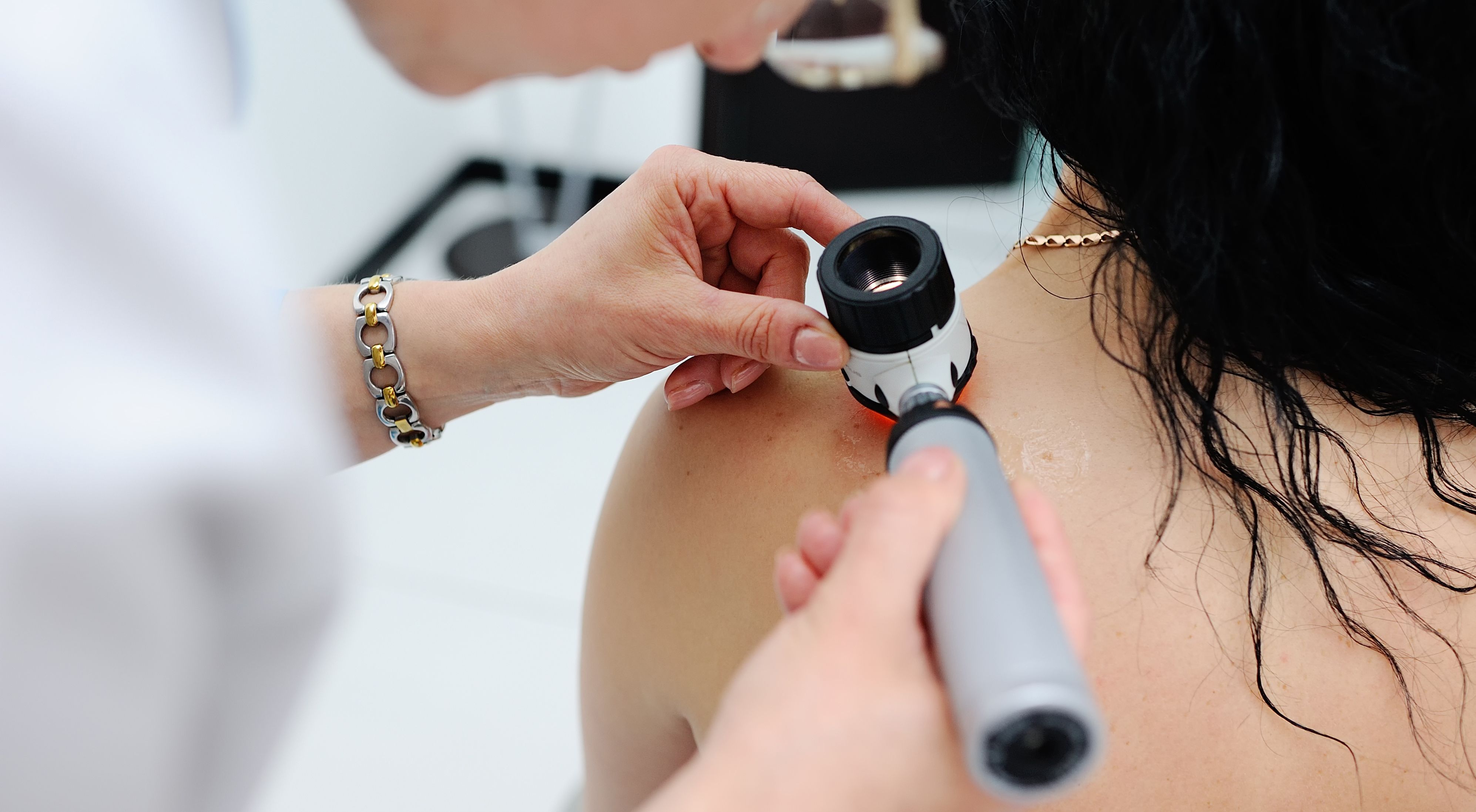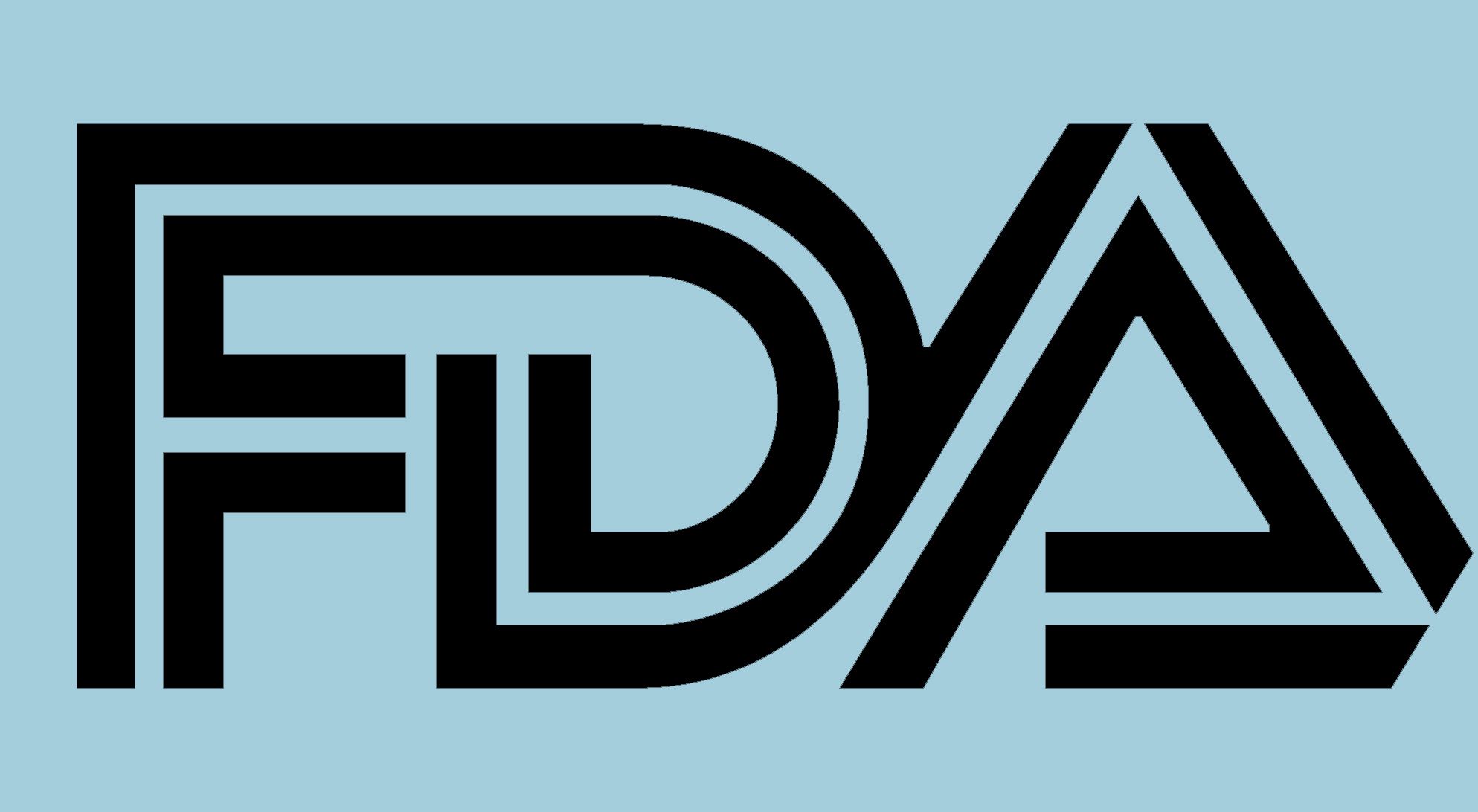Article
Being Proactive Against Skin Cancer
Author(s):
After a previous diagnosis of skin cancer, patients are more likely to develop skin cancer lesions on the body. An expert gives helpful tips on what to look for and how to look for lesions to catch them early.
Performing self-skin exams, knowing when to visit the dermatologist, using preventing measures such as sunscreen and being able to identify metastatic symptoms are all important goals when being proactive against skin cancer.
Erin Bailey, a nurse practitioner from Tennessee Oncology Sarah Cannon Research Institute in Nashville, presented information on how to be proactive at the CURE® Educated Patient® Skin Cancer Summit.
Self-Exams and Signs of Metastatic Skin Cancer
Performing self skin exams is a first step to being proactive. “The earlier you catch these skin lesions, the better,” said Bailey in an interview with CURE®.You’re having less tissue having to be removed, and your risk of metastatic disease goes down the earlier you catch these skin cancers,”
The following steps should be followed once a month to perform a self skin exam:
- Standing and facing a mirror to check the face, neck, chest and stomach. Also check under arms, armpits, tops of hands and palms, between fingers and under fingernails.
- While facing the mirror, use a handheld mirror to check the buttocks, genital area, lower and upper back and the back of the neck and ears.
- Sitting down, check the thighs, shins, top of your feet, in between toes and under toenails. Also use a handheld mirror to check the bottom of the feet, calves and the back of the thighs.
When performing these self exams, Bailey said to look for new or growing spots or bumps on the skin, sores that bleed or don’t heal after several weeks, rough skin patches that crust or bleed and wart growths. Other things to be aware of include moles that are changing in size, shape, color or are odd shapes, have irregular borders or have areas of different colors and enlarged lymph nodes. Bailey explained that an enlarged lymph node could feel like a knot under the skin and can sometimes be tender.
Bailey said when looking for skin lesions, follow the “ABCDE” acronym:
- Asymmetry: one half is unlike the other
- Border: an irregular or poorly defined border
- Color: varies from one area to another with shades of tan, brown or black. They can also sometimes be white, red or blue
- Diameter: melanomas are typically bigger than six millimeters or the size of a pencil eraser
- Evolving: a mole or skin lesion that looks different from the rest or changes in size, shape or color
“If you do find a skin lesion that you’re worried about, you need to call your dermatologist and get in quickly,” Bailey noted. “They can look (at the lesion) with a handheld microscope — dermascope — to see if the lesion is cancerous or noncancerous. They can also do a biopsy right there in the office.”
Other things to look out for are some symptoms that are associated with metastatic skin cancer such as unexpected weight loss, decreased appetite, pain, blood clots that are unexpected or spontaneous, unexplained fatigue, swollen lymph nodes and a palpable lesion near or on the incision scar.
Dermatology and Scan Follow Up
Bailey stated you should be visiting the dermatologist every three to six months for three years, and then annually. It is important to alert the dermatologist of the presence of a higher risk for skin cancer lesions especially if a diagnosis of skin cancer was previously given.
It is important to talk with the oncologist to see if chest X-Rays or CT scans are necessary, as many skin cancers require them to ensure the cancer has not spread.
Soaking Up the Sun
Sunscreen prevents sunburn, which is one of the main predictors of all types of skin cancer. There is suggestive evidence that using sunscreen is the biggest way to prevent skin cancer. UVA rays are used in tanning beds and are not safe even if you don’t burn. These specific rays can penetrate deeper into the skin, causing premature aging, wrinkles, loose skin and dark patches. UVB rays can cause sunburn and eye problems. Both UVA and UVB rays can cause DNA damage, which often leads to an increased risk of skin cancer.
The American Academy of Dermatology recommends using sunscreen that offers protection from both UVA and UVB rays, has an SPF of 30 or higher and is water resistant.
SPF 15 can filter out 93% of UV rays, SPF 30 filters out 97%, SPF 50 can filter out 98% and SPF 100 filters out 99% of UV rays. Everyday usage of sunscreen with SPF 15 or higher can reduce the risk of developing squamous cell carcinoma by 40% and melanoma by 50%. Bailey also recommended wearing sunscreen while snow skiing and on cloudy days because sunburn can still occur.
It is important reapply your sunscreen every two hours when you are outdoors, even if you are not in the water.
Bailey also mentioned that you can charge sunscreen to your health savings account. “Not all insurances have a health savings account, it’s … a card and it can cover sunscreen,” she explained. “If you go to the store, you can actually check out with your (health savings account) card for your sunscreen. That cost comes out of your paycheck. You can put it in the (health savings account) pretax. So it is a good benefit,” she explained.
There is a difference between sunscreens as well. Physical sunscreens deflect the rays, are better for sensitive skin and are best for children as well as women who are pregnant or breast feeding; however, it tends to be more expensive. Chemical sunscreens absorb the rays, are easier to rub in the skin, thinner and have better sweat resistance. This type of sunscreen should be applied 20 minutes before sun exposure.
Some ingredients to avoid in sunscreen are amnio-benzoic acid and trolamine salicylate, which are no longer used. Other ingredients require additional research before formulating a decision on whether to use them or not such as oxybenzone, avobenzone, octocrylene, homosalate, octisalate, octinoxate, cinoxate, dioxybenzone, ensulizole, meradimate, padimate O and sulisobenzone.
There are several positives and negatives to spray sunscreen. Pros include easy application on the back and shoulders, which are hard to reach, fast to apply and easy to apply on children. In addition, cons include that you can’t see missed areas, doesn’t spray enough for full coverage (should be six seconds per body area) and the risk of inhaling it, so avoid the nose and mouth.
“The best sunscreen is the sunscreen you actually use,” Bailey said.
Other things to consider while out in the sun are seeking shade between 10AM and 4PM, wearing lightweight long-sleeved shirts, long pants, wide brimmed hats and sunglasses (although UV rays can still get through clothing, so still apply sunscreen underneath). Additional important considerations include reapplying sunscreen after swimming or sweating. Before applying sunscreen, be sure to check the expiration date, as that can impact the effectiveness of the product.
For more news on cancer updates, research and education, don’t forget to subscribe to CURE®’s newsletters here.




